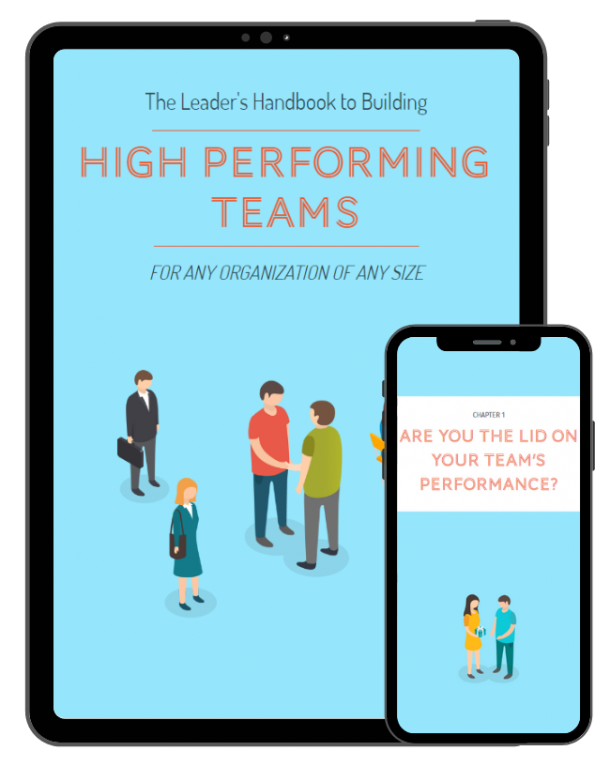
This week, I presented the results of an employee opinion survey conducted on behalf of a client to the organization’s senior leadership. This was a follow up to a survey I conducted for them two years ago.
The client is a professional services organization and in the previous survey, had very strong scores in many areas, yet some room to improve in just a few key areas. The main message I delivered was significant improvement in the targeted areas, without declining in areas where they were already strong.
This client is one of about 60 regional offices that operate across the US. They are in the top 3 in many operational and financial performance metrics! They are regularly called on to share what they do with others in their organization across the country. One of the key reasons for this top performance is the high levels of engagement by their employees.
How important is employee engagement? I’m sure you are aware of the research and statistics – to summarize:
- About 25% of employees across all industries are classified as “disengaged”. Their performance and behavior is generally below average and they like to discourage anyone who will listen.
- Just under half of the employee are “not engaged”. This means they do only what they are told, hardly take any initiative to improve things and have an attitude that says, “My boss and company are lucky to have me here!”
- This leaves less than one-third of employees who are “engaged”. These employees generate ideas, are more productive and work harder.
What is the result of having an engaged workforce? Research shows these organizations outperform the others by 200%! That’s a 200% difference in net income, productivity, continuous improvement and related metrics.
What did the results of the survey indicate about how engaged or satisfied my client’s employees were? They received scores in the very top in many of the key areas that measure employee engagement. The senior leadership team has truly done an outstanding job at this over the past several years and it shows in so many measurable areas including:
- Employee turnover rate of less than 5%
- Top scores in client satisfaction compared to their 60 plus peers
- Top results in revenue generation compared to their 60 plus peers
- Top results in net income compared to their 60 plus peers
- Top results in repeat client business
…Hopefully, you get the idea this organization is really firing on all cylinders.
What creates these results? Certainly the capability of the senior leadership team is a key factor. Yet, as I have been able to really study this organization, one of the key reasons is the high levels of engagement of the employees across all departments and functions.
There certainly are obvious indicators employees are engaged in an organization. These include:
- The willingness to generate ideas to continuously improve
- The commitment to deliver high quality and value added results to its client base, such that the clients regularly seek more services to be performed
- The awareness of spending company money as if it is their own, and they are not owners!
- The evidence of strong relationships with their direct boss
- The willingness and commitment to always deliver more than is required at every level.
So, what can you learn from this? Which comes first, employee engagement, strong leadership or results? Results are always the outcome of intentional actions or causes. This is known as the Law of Cause and Effect.
I don’t believe a company can have high levels of employee engagement in the absence of strong leadership. Strong leadership in this case is defined as follows:
- Leaders Demonstrate Trust– Trust is the foundation of any relationship. Employees must know their leaders have their back and leaders must know their team has their back. How would you rate the level of this kind of trust on your team on a scale of 1-10?
- Leaders Invest in the Development of Employees– A leader’s prime responsibility is to enable and facilitate the growth and development of those on the team on an ongoing basis. This takes the form of training, attendance at conferences, skill building and job enrichment. How much do you allow to be spent on developing those on your team? If it is not at least 10% of what you are paying them, you may want to strongly consider increasing your investment.
- Leaders Take the Time to Build Solid Relationships– This is definitely connected to the first item of trust; yet goes a few steps further and intentionally sets aside time to spend with each person on their team to really get to know them, their motivators, interests, etc. Employees don’t care how much you know until they know how much you care.
- Leaders Provide a Clear and Compelling Vision– Leaders show others where they are heading and lay out a rough path to get there. They don’t need to know all the answers or even the specific GPS coordinates of the final destination – they just need to communicate the “true north” path and allow people to be excited about the destination as well as the journey.
So, what is the level of engagement of your employees? If you immediately answer, “good” or “very good”, I’d ask you, “What evidence do you have to support your answer”? Please don’t take this lightly – as evidenced by the research, organizations with highly engaged employees really do have impressive performance in many areas. Let me know if I can be of assistance or if you just want to bounce a few ideas around.
Best regards,
Bill
PS, If you believe others in your organization would find this information helpful, please pass it along to them; if you believe other organizations would find this information helpful, please pass it along to them as well. I’d be grateful for your efforts.

